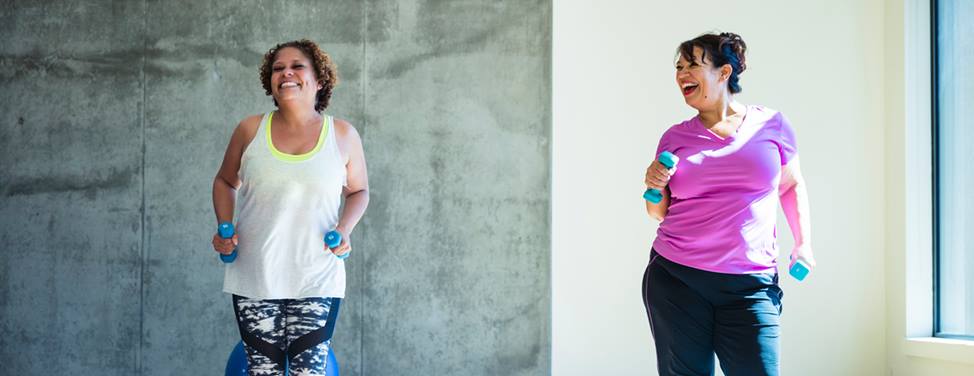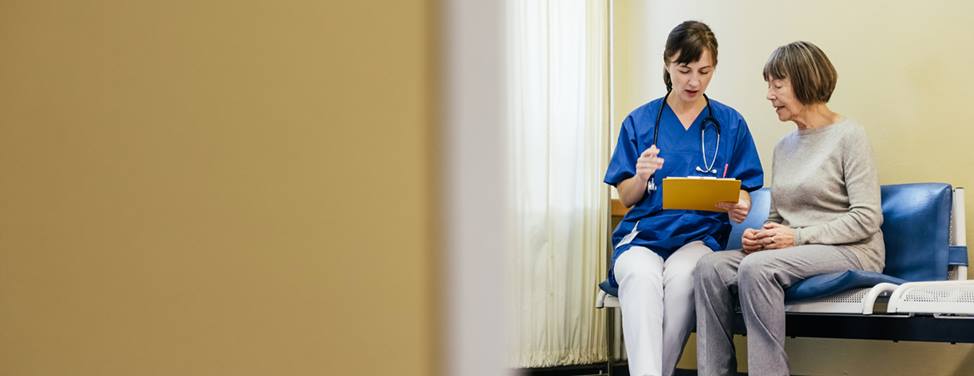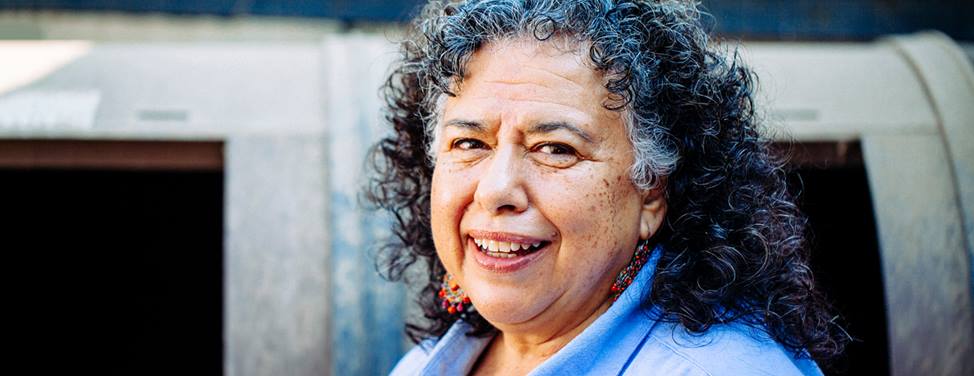
Options After a Skin-Sparing Mastectomy
In a skin-sparing mastectomy, all of the breast skin, except the nipple and the areola, is preserved. This makes reconstruction easier and most importantly avoids making any scars on the breast, allowing for better results after breast reconstruction.
The reconstruction options following a skin-sparing mastectomy include TRAM flap or Latissimus flap with an implant. Also, find information on preparing for your recovery below.
TRAM Flap Reconstruction
TRAM stands for transverse rectus abdominis muscle, the tissue that is used to reconstruct your breast in this method. Unlike most other methods of breast reconstruction, the TRAM flap is completely natural, because it uses your body's own tissues to reconstruct your breast.
The advantage of this type of surgery is that the reconstructed breast is very soft, natural and lifelike. Size, fullness and shape are as closely matched for symmetry as possible. In order to reconstruct the breast, we use the "tummy" tissue — skin, muscle and fat from the area of the abdomen below the navel. This procedure is very similar to a "tummy tuck" which may be considered a benefit for some women.
This procedure requires one surgery and a second, very minor one, if you would like your nipple reconstructed. This procedure may be done on women who have had radiation therapy treatment to the breast.
The disadvantage of this type of surgery is that there is a long abdominal scar below the navel and this surgery is more painful than other breast reconstructive surgery. It also requires a few more days in the hospital after surgery and a longer recovery time than other surgeries.
The TRAM flap reconstruction has been performed on women ranging in age from their late-20s to their mid-70s. After recovery from surgery, most women report that they are pleased with the outcome and they believe that they made the correct choice for them. Most patients do very well and are extremely pleased following their surgery.
The following instruction information is designed to help you know what to expect following surgery as well as to allow you to become involved in your post-operative recovery. Familiarizing yourself with and following these suggestions will be your best preparation for surgery.
When the skin-sparing mastectomy is finished, all of the breast skin (except the nipple and areola) is saved. The plastic surgeon then can reconstruct the breast by adding the skin needed to replace the nipple and areola, as well as adding breast volume using tissue or an implant.
The TRAM flap uses extra skin and fat from the lower abdomen to reconstruct the breast. It does not use an implant. A full recovery of either abdominal or back/shoulder strength is expected.
Latissimus Muscle Flap With a Breast Implant
In this method, a permanent implant is placed and the latissimus muscle and some skin from the back are used to create a breast in one operation. The muscle used is one that is "replaced" by other muscles so that the majority of women report that they, after surgical recovery, adapt comfortably and are able to do the important physical activities that they were able to do before surgery. Again, a permanent implant matched carefully to your other breast is used.
The advantage of this surgery is that it requires one operation and has a much smaller breast scar. A second, very minor surgery is necessary if you would like your nipple reconstructed as well. This procedure may be done for women who have had radiation therapy treatments to the breast.
The disadvantages of this type of surgery include a long back scar. The scar, however, can be designed so that it's hidden by your bra or a one-piece bathing suit. This surgery is a somewhat more painful than expander surgery. Finally, some women prefer a more natural reconstruction using their own tissues, without an implant, to create a breast.
The latissimus dorsi flap uses skin and muscle from the back to cover a salt water (saline) implant and thereby reconstruct the breast. A full recovery of either abdominal or back/shoulder strength is expected.
Tips for Preparing for Your Recovery
It's recommended that you have the following ready when you get home to make your recovery more comfortable:
- Two wedge pillows for under the knees and behind the back
- Body pillow, not necessary but helps comfort
- Well stocked library of books, magazines, books on tape and videos
- Telephone by your bed (some women find a portable phone easier)
- Frozen foods and easily prepared foods
- Relaxation tapes
- A supportive, non-underwire bra to wear after okay from plastic surgeon
- Have a friend who can wash your hair over the kitchen sink
- An eye pillow for daytime resting
- Loose over shirts or dresses to hide the drains
- You will not be able to take a shower for five to 10 days, so consider alternatives like a sponge bath, a favorite spray cologne or scented powder
Why Can't I Have an Expander After a Skin-Sparing Mastectomy?
Because all the breast skin is preserved during a skin-sparing mastectomy, it is not possible to use an expander (or an implant alone) after this procedure. This is because an expander or implant must be covered with muscle, not just skin, or it will look unnatural, feel unnatural and may become infected.
There is no muscle in the chest which can cover an implant, so immediate implant (or tissue expander) placement is not an option after skin-sparing mastectomy.
Another reason why an implant or expander can't be used after skin-sparing mastectomy has to do with the hole in the skin left after skin-sparing mastectomy. There is no way to close the skin if a circle of it is removed.
The only way for a plastic surgeon to close a circular hole are:
- To fill the hole with skin from somewhere else (tram flap or latissimus flap).
- To turn the hole into an ellipse, creating a long scar. However, creating a long scar across the breast results in the same kind of scar as a traditional mastectomy and defeats the purpose of a skin-sparing mastectomy.
Therefore, a tissue expander or an implant alone cannot be used after a skin-sparing mastectomy because:
- These implants must be covered by a muscle and there is no muscle in the chest which can do this. The pectoral muscle can cover an implant, but only after about 6 months of stretching.
- The implant not covered by muscle looks and feels unnatural.
- The implant not covered by muscle very often (30 percent to 50 percent) gets infected and has to be removed.
- To close the skin with an implant or expander reconstruction, you need to make a long scar across the breast, removing extra skin and defeating the purpose of the skin-sparing mastectomy.
More Information:
UCSF Health medical specialists have reviewed this information. It is for educational purposes only and is not intended to replace the advice of your doctor or other health care provider. We encourage you to discuss any questions or concerns you may have with your provider.



















